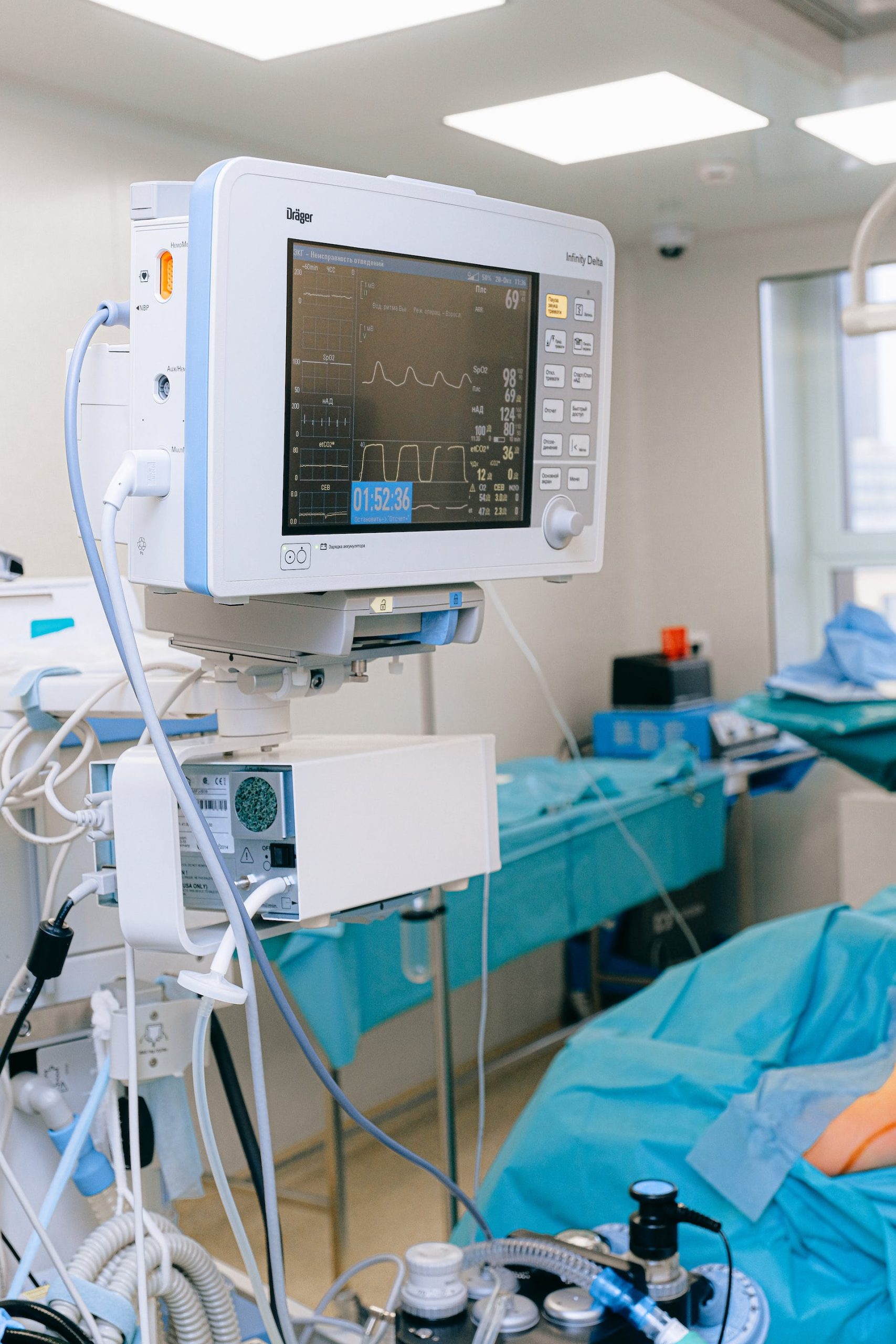





The medical device industry is a realm of constant innovation and stringent regulation, where safety and quality are paramount. At the heart of navigating this complex landscape is the CE Marking, a crucial certification for medical devices intended for the European market. This mark not only symbolizes compliance with health, safety, and environmental protection standards but also acts as a passport for products to freely circulate within the European Economic Area (EEA) .
CE Marking , which stands for Conformité Européenne (European Conformity), originated from the French phrase “European Conformity.” It dates back to the late 20th century, emerging as a fundamental element in the European single market strategy. The primary objective of CE Marking is to ensure that medical devices meet essential requirements of safety and performance as outlined in relevant EU legislation.
For manufacturers, obtaining a CE Mark is more than a regulatory hurdle; it’s a strategic asset. It not only grants access to the EEA, comprising over 30 countries, but also signifies a product’s compliance with stringent EU standards. This mark reassures customers and healthcare providers of a device’s safety and efficacy.
The journey to obtaining CE Marking is meticulous and multi-faceted. It begins with product classification based on intended use, risk level, and other specific criteria. Following this, a conformity assessment evaluates whether the device meets the applicable EU directives. Manufacturers must compile a comprehensive Technical File or Design Dossier, demonstrating compliance with relevant requirements. This dossier includes details about the device’s design, manufacture, and intended use.
Quality management systems, conforming to standards like ISO 13485, play a crucial role in this process. These systems ensure consistent quality and safety in product development and manufacturing. In many cases, a Notified Body, an organization designated by an EU country to assess conformity, is involved in the certification process, especially for higher-risk devices.
The final step is the Declaration of Conformity, where the manufacturer affirms compliance with all relevant legislation. Once this is complete, the CE Mark can be affixed to the product, signifying its readiness for the EU market.
CE Marking for medical devices is governed by comprehensive regulations like the Medical Devices Regulation (MDR) and the In Vitro Diagnostic Regulation (IVDR). These regulations outline specific requirements for safety, performance, and clinical evaluation. They also stress the importance of post-market surveillance to ensure ongoing compliance.
Standards such as ISO 13485 for quality management and ISO 14971 for risk management provide a framework for meeting regulatory requirements. Adherence to these standards is often seen as evidence of compliance with the regulatory requirements of CE Marking.
Obtaining CE Marking can be a daunting task, especially for new entrants in the medical device sector. Manufacturers often face challenges in interpreting and implementing complex regulations. Ensuring ongoing compliance, particularly with evolving regulations, is another critical area requiring constant vigilance.
Globally, CE Marking is often compared with other certifications like the FDA approval in the USA. While both serve similar purposes in ensuring device safety and efficacy, there are distinct differences in their regulatory pathways and requirements. For manufacturers, understanding these differences is key to strategic global market access.
Real-world case studies of medical devices that have successfully obtained CE Marking offer valuable insights. These examples highlight the meticulous approach and stringent compliance to standards required in the process. Success stories in the industry often emphasize the importance of early and comprehensive planning in the CE Marking process.

With technological advancements and evolving healthcare needs, the regulatory landscape for medical devices is continuously changing. Upcoming changes to CE Marking regulations are expected to focus on increased transparency, enhanced clinical evidence requirements, and stronger post-market surveillance.
“Staying ahead of regulatory changes is crucial for manufacturers,” says Kenneth Shaw, EU medical devices regulations & quality expert . “The future will likely bring more stringent requirements, demanding a proactive approach to compliance.”
For those embarking on the CE Marking journey, expert advice and adherence to best practices are invaluable. Understanding the nuances of the regulatory framework, engaging with Notified Bodies early in the process, and maintaining a robust quality management system are some of the keys to success.
In summary, CE Marking is not just a regulatory requirement; it’s a testament to a medical device’s safety and quality. For manufacturers, it’s a strategic step toward accessing one of the world’s largest and most regulated markets. As the regulatory landscape evolves, staying informed and proactive in compliance strategies will be crucial for continued success in this dynamic sector.